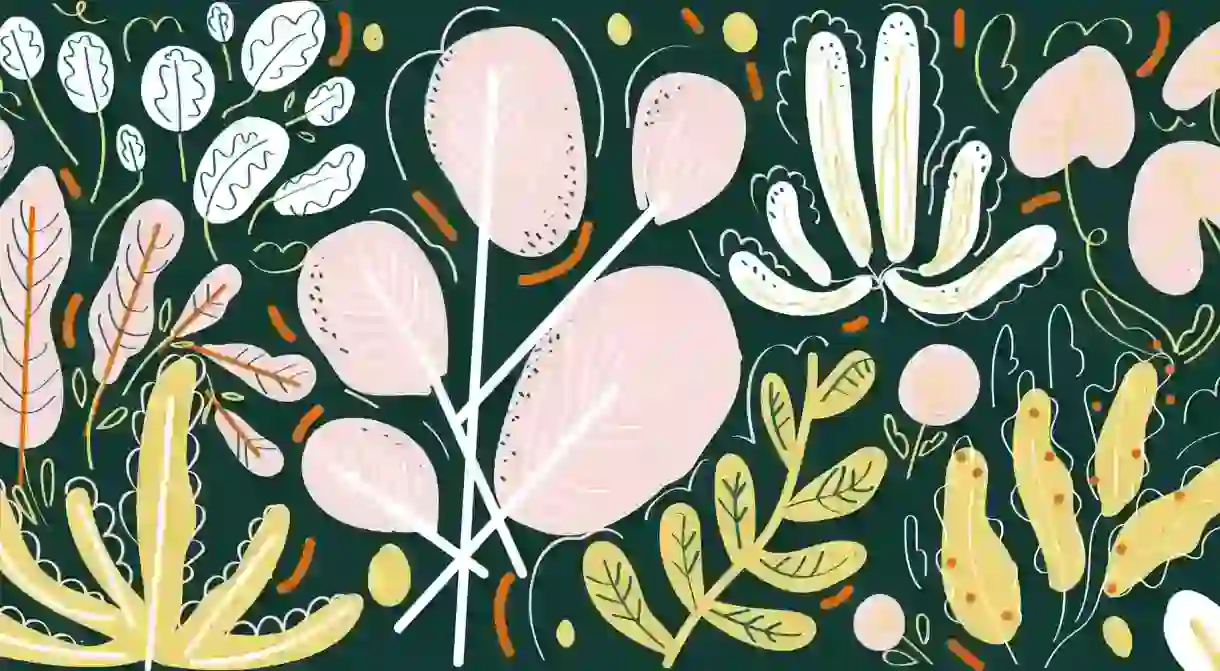How New Zealand is Protecting Nature With Sacred Māori Ceremonies

The Māori word rāhui has been making headlines in New Zealand over the past few months. It refers to a ceremony that is filled with cultural and spiritual meaning, and is commonly used to restrict access to a place under threat of losing its most sacred natural resources.
What exactly is a rāhui?
In Māori culture, a rāhui is a sacred practice that follows the basic philosophy of protecting through prohibition. It is imposed by a local tribe (iwi) to temporarily ban the harvesting of essential resources in the forest, land or sea so that the area in question can naturally restore itself.
Traditionally, this is meant to safeguard the tapu (sacred or taboo) qualities of the place in which the rāhui is being held. The ceremony directly ties into the Māori notion of mana — one’s authority and prestige over land and resources — which is used to legitimise the practice’s spiritual meaning.

Sometimes, a rāhui may be imposed in a place where a tragic death has occurred. For instance, in 2015, the Ngāti Kahungunu ki Wairarapa iwi placed a temporary restriction on the rivers running south of the Wairarapa region, near the capital Wellington, out of respect for a person who drowned in these waters. The rāhui in this case forbade people from swimming and fishing in the area. Similar restrictions were also imposed in the Otago Harbour, where the body of a missing Dunedin woman was found, and in the Hawke’s Bay region after a surfer drowned in Waimarama Beach.
How to know a rāhui is in place
Usually, a physical symbol might be placed in the area that needs protection. This might include a carved or decorated wooden post placed in the ground, the marking of specific land features to show that the area is currently off limits or signage announcing the incoming restrictions. The local iwi will also tell the public about the rāhui’s placement — the media and local authority figures might even be invited to witness and participate in the ceremony themselves.
Sometimes, members of the local iwi might keep guard of the protected area to raise public awareness about the issues at stake. This was particularly true in the recent rāhui ceremony around Auckland’s Waitakere Ranges.
The rāhui in the Waitakere and Hunua Ranges
The Waitakere Ranges is one of Auckland’s most popular public parks. Its walking trails, native forests, waterfalls and unspoiled landscapes are huge drawcards to locals and visitors alike, which is why protecting the landmass is crucial — and somewhat complicated.

In December 2017, local iwi Te Kawerau a Maki imposed a temporary ban over the 16,000-hectare park in an effort to protect its native kauri trees. It was a last resort attempt to curb the continuous spread of kauri dieback disease, an infection that has spread to 19 percent of the park’s native conifers in the last five years.
Also known as Phytophthora agathidicida, thekauri dieback pathogen was discovered in 2009, though the first signs of infection in the Waitakere Ranges can be traced as far back as 2006. The disease initially targets the tree roots, ultimately killing most (if not all) kauri its tail-like flagella latch onto. Usually you can’t tell if a tree has been infected until its fate has long been sealed, and the pathogenic spores are often spread by human or animal activity in an area under threat.
With high concentration rates of kauri dieback happening all around the Waitakere Ranges’ walking areas, the iwi reasoned that restricting public access to the park would be the only way for the trees to properly heal. Initially, the local council didn’t agree with the idea; but several rounds of debates and consultation with local iwi led to the decision that closing this and Auckland’s Hunua Ranges (also under threat of kauri dieback disease) would be the right thing to do.
Is a rāhui legally protected?
The short answer is the following: not always, but breaking a rāhui can be deemed as culturally insensitive.
In saying that, a rāhui can be a catalyst for change. In the recent case of the Waitakere and Hunua Ranges, for example, it put pressure on local councils to take further action to protect Auckland’s environmental resources — especially since many hikers and visitors were resisting (or outright ignoring) the local iwi’s pledge to let the land heal.

Sometimes, government agencies themselves might impose a rāhui over sensitive areas. This is particularly common when it comes to marine conservation, as the practice can be enforced by the Ministry of Primary Industries (MPI) under section 186A of the Fisheries Act 1996. In the South Island town of Kaikoura, for instance, the government body used the traditional Māori custom as a means to protect the local coastlines from over-fishing. The rāhui was first imposed in 2002, closing off the Wakatu Quay from all fishing for a two-year period. An additional four, two-year closures ensued.
Most recently, the MPI has also placed a rāhui over the Bay of Island’s Deep Water Cove/Maunganui Bay, where depleting fish populations were worrying the two communities (hapu) that call this North Island micro-region home. The first closure was implemented in December 2010; it was subsequently extended until October 2018 upon the request of the Ngati Kuta and Patukeha ki Te Rawhiti hapu, who believe the fishing populations need more time to recover.













